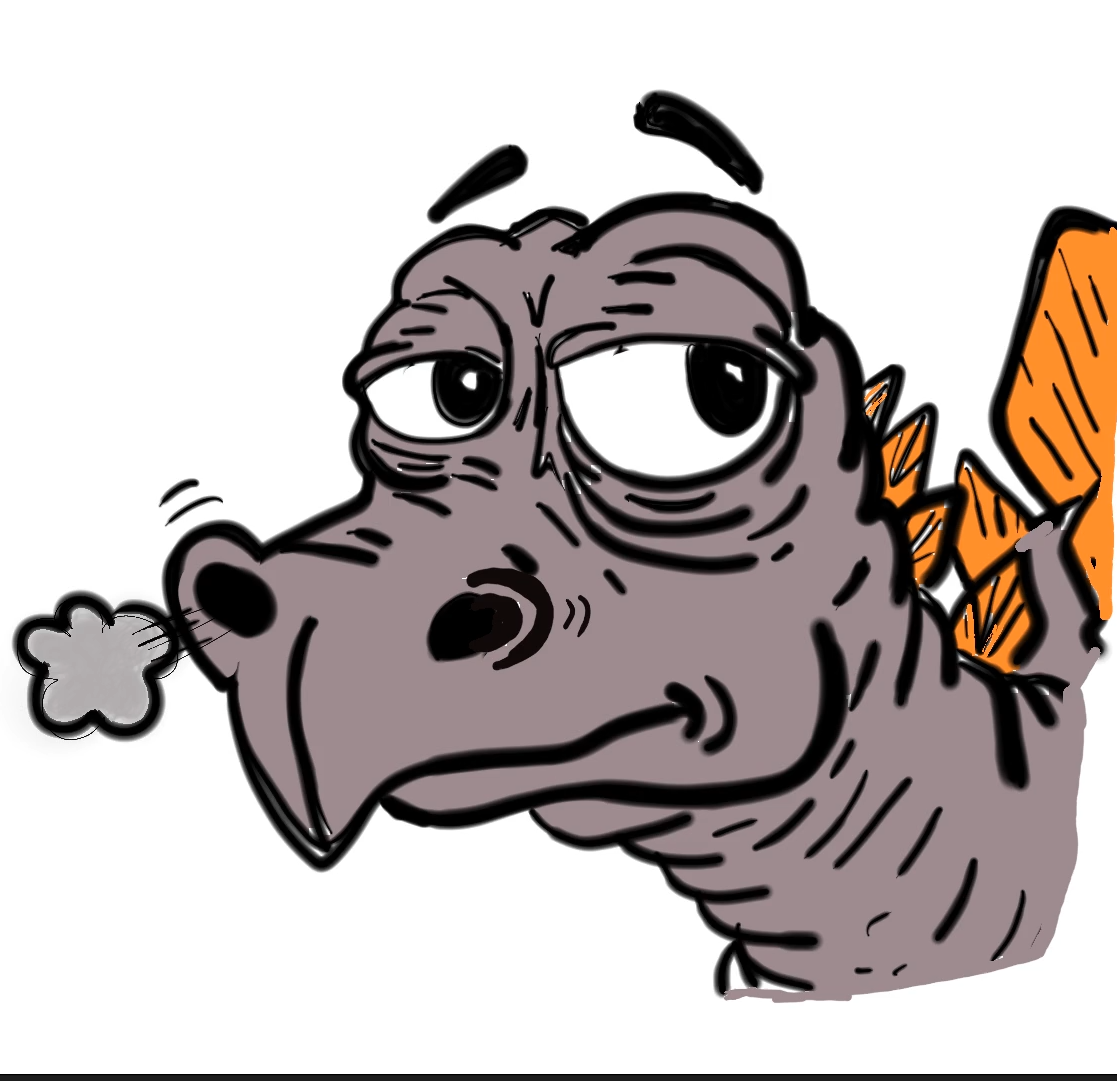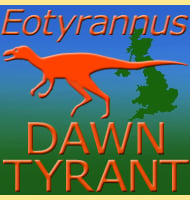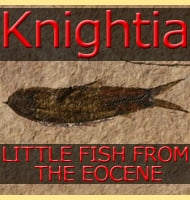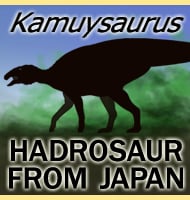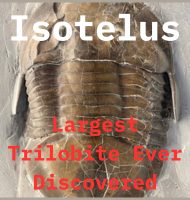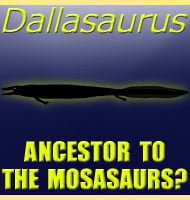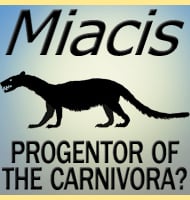In Depth
Caieiria is a genus of titanosaur that lived in South America during the late Cretaceous. At the time of its naming, Caieiria was only known from tail vertebrae. These vertebrae however show strongly developed side process as well as vertical spines about half the height of the centra (the round disc part of the vertebrae). The anterior caudal vertebrae also show a developed excavation. It is a combination of these features which led to the type species name of C. allocaudata, the allocaudata part basically meaning ‘strange tail’.
Like other Titanosaurs, Caieiria is expected to have had the long the neck and tail of other similar dinosaurs of its kind, as like relatives, possibly armoured osteoderm plates within the skin of its body, though at the time of writing that is just conjecture for this dinosaur.
Further reading
- New specimens of Baurutitan britoi and a taxonomic reassessment of the titanosaur dinosaur fauna (Sauropoda) from the Serra da Galga Formation (Late Cretaceous) of Brazil. - PeerJ. 10. e14333. - Julian C. G. Silva, Agust�n G. Martinelli, Thiago S. Marinho, Jo�o Ismael da Silva, & Max C. Langer - 2022.
